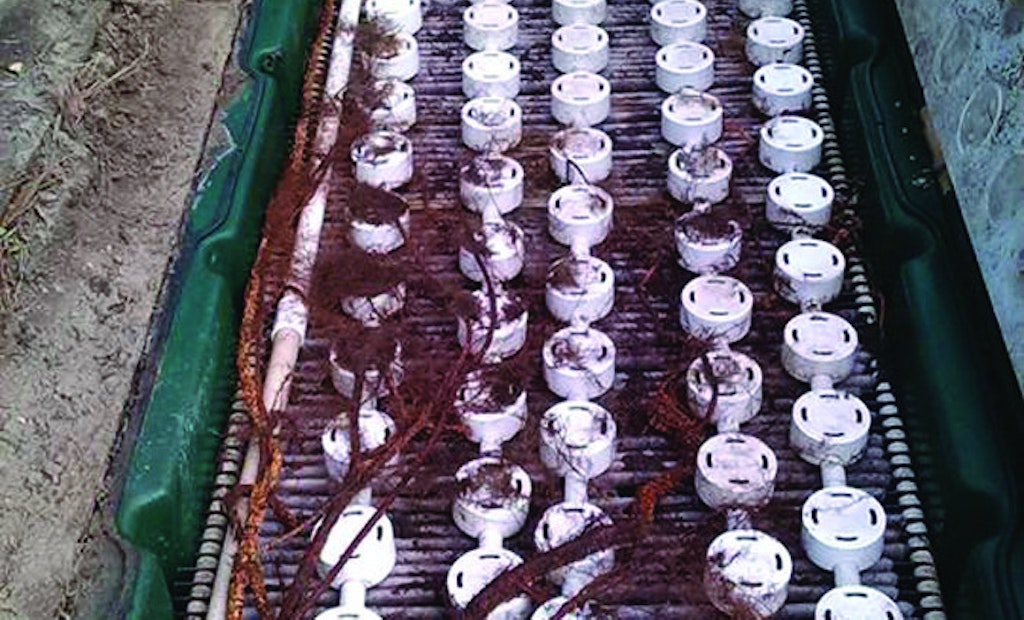
Roots intruded on this AdvanTex treatment unit and will cause treatment problems if not removed and future root intrusion prevented.
Research has shown trees can provide up to $7 in annual benefits for every $1 invested in caring for them. Benefits include increased property values, pollution control and energy savings, and they are beautiful! Unfortunately, tree roots can cause problems in septic...








